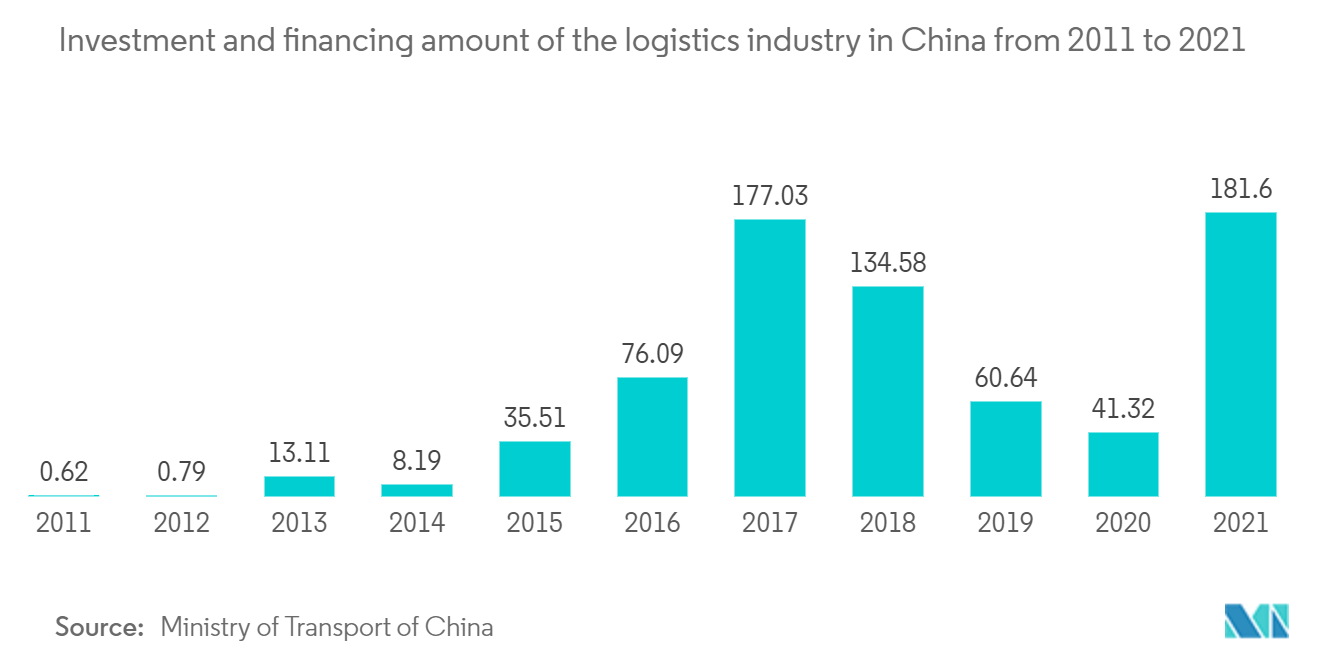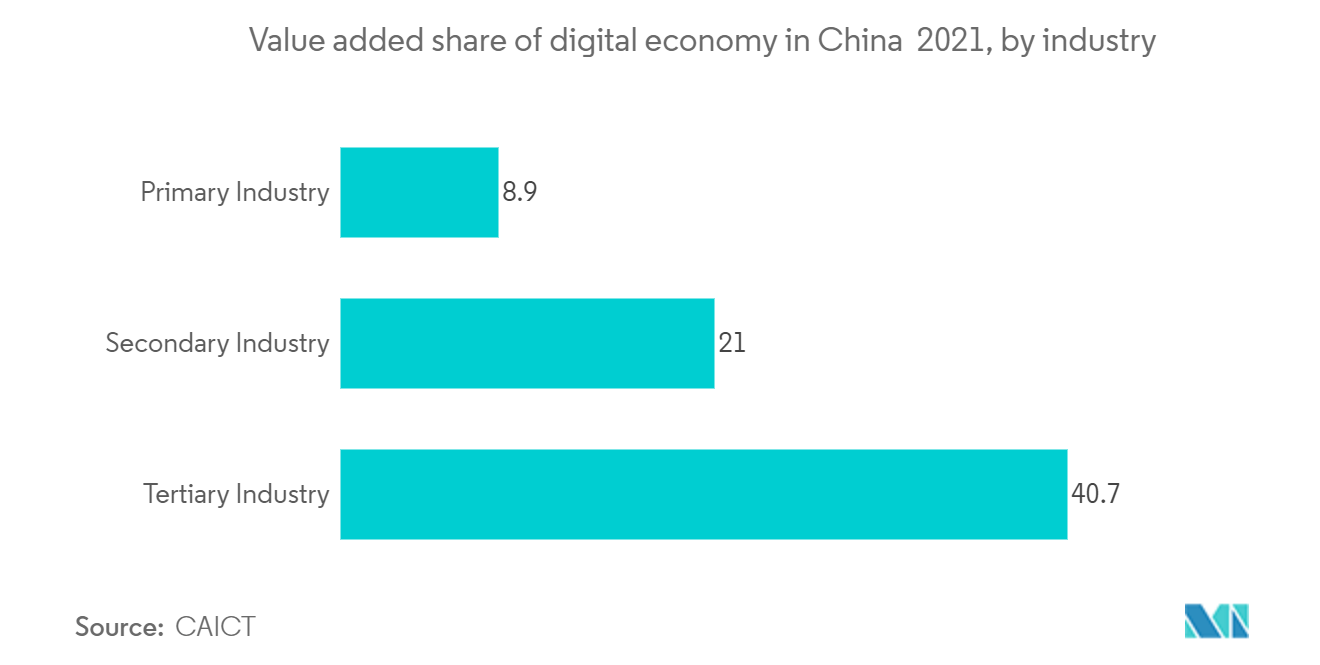Market Trends of China Stevedoring and Marine Cargo Handling Industry
This section covers the major market trends shaping the China Stevedoring & Marine Cargo Handling Market according to our research experts:
China’s increasing investments in the ocean freight shipping industry
The Chinese economy's dominance has been largely powered by its emphasis on export trade. China is maximizing the use of its maritime shipping networks, which have been essential to the country's export-focused economic growth. China has made investments in some of the world's busiest, biggest, and best-connected ports to achieve this goal. China's ports handled a net worth of 242 million TEUs of goods prior to the pandemic. This figure exceeds the USA's container throughput by four times. The Port of Shanghai has held the title of busiest container port in the world for more than ten years. Ningbo Zhoushan, Qingdao, Tianjin, Hong Kong, and Guangzhou are among the other Chinese ports that rank among the top ten busiest container ports in the world.
In addition to improving its own port infrastructure, China controls more than 100 ports in 63 different nations. Furthermore, China is well-suited for building massive ports thanks to its 14,500 kilometres of coastline and coastal cities. China's government made over $153 billion in investments between 2012 and 2019 to build and improve its maritime shipping infrastructure. The expansion of Chinese exports and these investments led to a sharp increase in port activity. The total volume of cargo processed at the six largest Chinese ports increased from 613.3 million MT to 3.5 billion

Advancements and adoption of workflow automation
It is estimated that the market will benefit greatly from the developments in the sector of cargo handling. Because workflow automation is being used more frequently, there has been an increase in the need for cargo services, which has led to numerous attractive growth prospects for the industry over the anticipated term. A mismatch between digital and physical information results from the incapacity of current solutions to digitalize the physical process, which prevents operational efficiency from being realized. To offer potential prospects for the market's expansion, the manufacturers are actively concentrating on digitalizing solutions.
Breakbulk Optimiser uses cargo booking data and vessel route information to enhance planning capabilities, and enable fact-based decisions to be made that increase operational efficiency and business performance. The cloud-based service optimises asset utilisation by unifying information and creating a more disciplined way to plan cargo carriage. Variability in the cargo planning process is eliminated by the digital algorithm, resulting in a consistent approach being taken. It also enables a better ability to react to last minute changes and no-shows because the software optimises the stowage plan.


